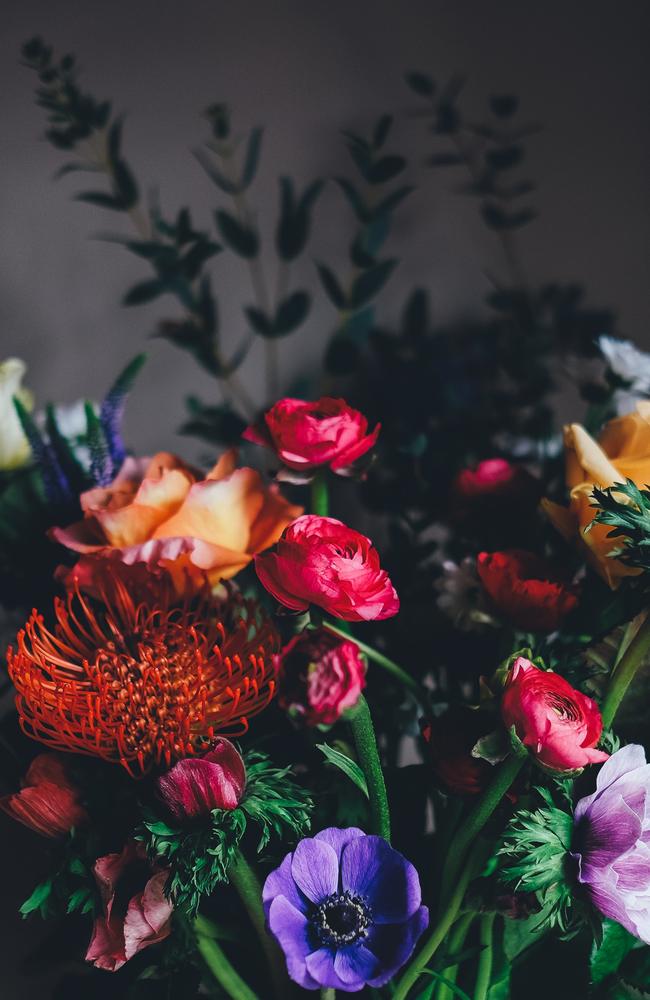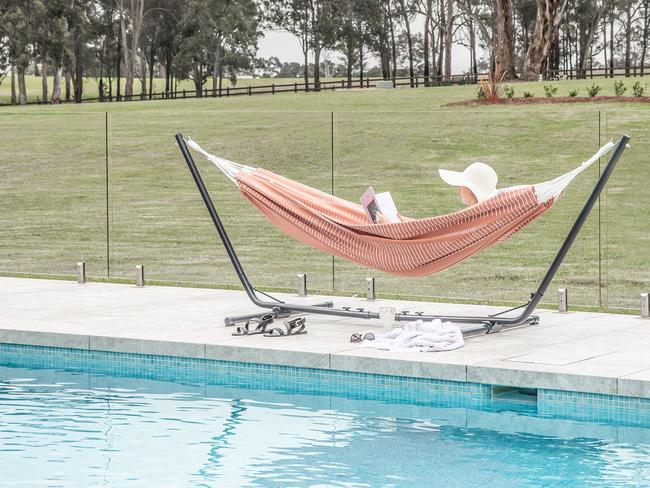The secret to keeping flowers fresh
Keep buying flowers that spoil far too quickly? Take these steps to make them last for weeks.
Have you been disappointed that flowers you bought, or were given, didn’t last? You should expect most cut flowers to last at least a week and roses two weeks, according to floriculturist Delwyn Thomas.
“One hour out of water can mean losing a day of vase life,” says Thomas, whose life’s work has been around growing, selling and arranging flowers, including more than 20 years’ teaching. “The quicker flowers get into water the better, or get some wet wrapping around the bottom of the bunch if they’re being transported.”
At home, it’s essential to cut a bit off the bottom of each stem as you place them into a vase of clean water, to let the stems take up water freely. “The vase must be squeaky clean,” Thomas explains. “People don’t realise the danger of putting flowers into something full of bacteria.” Remove all the leaves that will be under water to help stop the water from fouling. For hydrangeas, so popular now, Thomas suggests you rehydrate by total immersion underwater for a few hours – stems and flowers – and ignore the old advice of either bashing the stems or dipping them in boiling water.

Sachets of floral preservative do a good job of extending vase life, as does a bit of bleach to kill bacteria, but Thomas suggests about half a teaspoon per litre of water of citric acid instead. “You can buy it at the supermarket and it’s also great for cleaning glass kettles,” she notes.
Adding sugar is no longer recommended as it feeds bacteria. Change the water every few days to keep it clean. The other major factor in flowers spoiling is ethylene, the gaseous plant hormone involved in fruit ripening. It’s exuded by many fruits, especially bananas and apples, when ripening, so keep vases well away from the fruit bowl. “Ethylene is also present in cigarette smoke, decaying foliage and car exhaust fumes,” Thomas says.
Check flowers are fresh before you buy them. Look for Australian, preferably locally grown flowers; sadly the majority are imported, including most sold in supermarkets. “Most imported flowers are either dipped in glyphosate (Roundup) or fumigated,” Thomas explains. “Avoid flowers that have yellowing foliage or are starting to wilt or getting smelly around the bottom of the stems.”
When picking flowers from the garden, do it early or late in the day when fluid levels in the stems are highest. Place them directly into a bucket of fresh water and into a cool area. These and other tips and techniques commercial growers use are covered in What Cut Flower is That?, which Thomas co-authored with fellow expert Bettina Gollnow. Keen flower growers will love it (see whatcutfloweristhat.com.au).
-
I’ve planted 20 fruit trees, from apricots to quinces, in a 400sq m orchard. How far apart should fruit trees be to allow for healthy growth? Francis Loughran, Daylesford, Vic
As a rule of thumb, plant fruit trees 4m to 6m apart (2m if trellising or for dwarf trees). Keep them pruned to a size where harvesting and maintenance is manageable without tall ladders; you can do this while still maximising the crop if done correctly. There’s good information on growing fruit trees at plantnet.com.au and in Annette McFarlane’s book Organic Fruit Growing.
The new fronds in the centre of my cycad are withering and dying. How can I save it? Wladimir Budnik, Burringbar, NSW
Caterpillars of cycad blue butterfly cause significant damage to cycads as the grubs chew young shoots and stems. Fronds look scorched or withered. Prevent moths laying eggs by covering the centre with shade cloth or exclusion fabric when new fronds develop, until they harden. Treat caterpillars promptly with organic Dipel or low-toxicity Yates Success Ultra.

I’ve seen hydrangeas with pink, mauve and blue blooms on the one bush. How can I get that? Helena Campbell, Tura Beach, NSW
Hydrangeas that produce pink blooms in alkaline soil and blue in acidic soil mostly have mauve blooms in pH neutral soil but the colours can vary a little. Having all three colours is unusual and indicates some variability in the soil pH. You could experiment with adding garden lime (for pink) to one side and sulfur (for blue) to the other.
Send your questions to helenyoungtwig@gmail.com. The best question for March wins a cotton hammock plus frame worth $224 from Two Trees (twotreeshammocks.com.au).


To join the conversation, please log in. Don't have an account? Register
Join the conversation, you are commenting as Logout